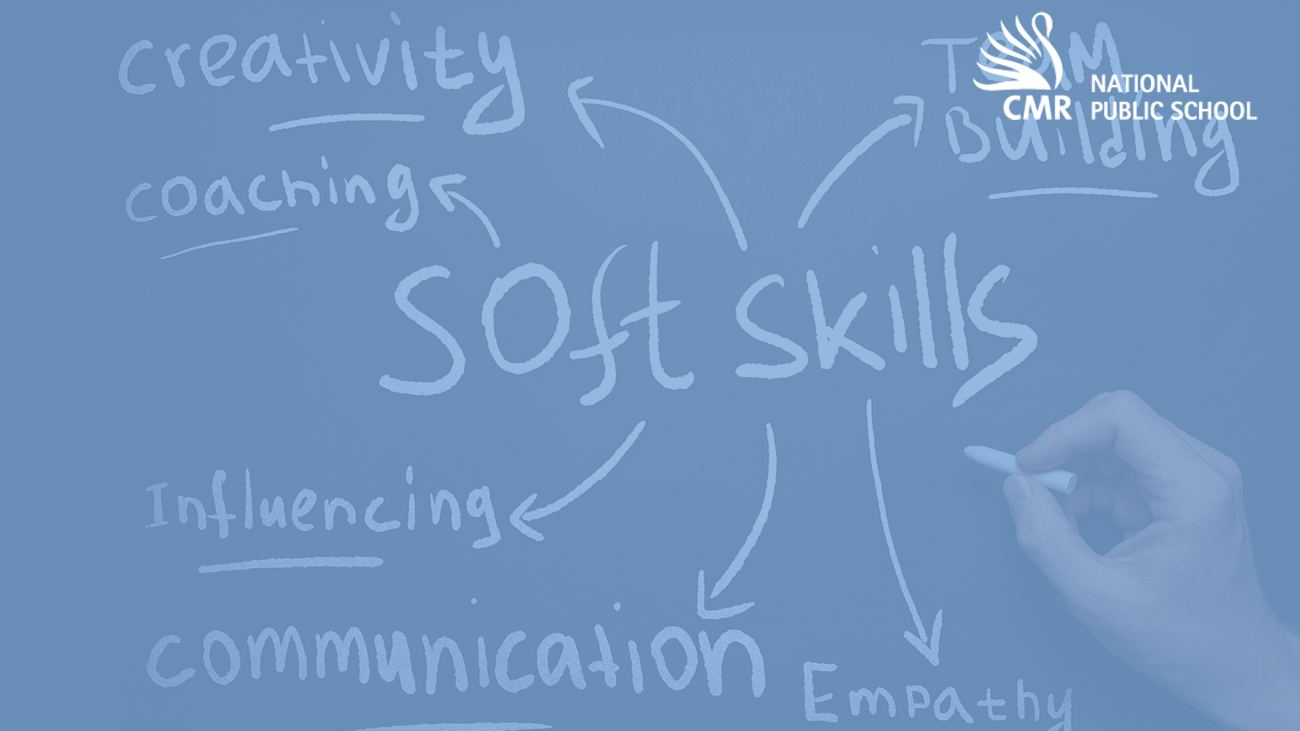Are you trying to Converse with the toddler? Preparing your child for school? Is knowing the language very important for all this? Here are a few ways in which you could help your little one and yourself to understand the needs of each other in communicating.
Language is a means of communicating ideas or feelings by the use of conventionalized sounds and signs thus being spoken and written language. Since it is a human tendency to communicate with others it is an integral part of human life.
The learning of a language is truly the child’s most remarkable achievement. Nature provides the capacity for the child to learn a language. The capacities are the capacity to hear, understand and absorb.
A child is first exposed to the language spoken by the adults in his home environment. The urge to speak helps the child to listen to the words spoken by the adults and with the rich experiences the child learns the spoken language. The child depends upon society. He needs to be in a rich language-speaking society to develop a good language and vocabulary.
At the age of 2 to 3 years, the child has fully absorbed his culture’s language. ( it could be e Tamil, Kannada, Hindi) Spoken language is the basis for how we relate to the world around us. To help the child we need to follow the freedom of speech and aim at the quality and quantity of the child’s spoken words. We may plan to enrich the child’s vocabulary by introducing the names of things at home. Eg door, vegetables, tools in the kitchen, etc.
Children at this early age ( 2 and 3 years) predominantly learn through senses. So offering activities around sensory would last a lifetime. Organizing planned conversations helps the child realize the words of the language are made of sounds. The sounds in a spoken language are classified into vowel sounds and consonant sounds. Firstly, the alphabet serves as the symbol for the sound and helps the child recognize the sound by the alphabet. Secondly, by introducing the alphabet as a symbol the child establishes the relationship of the sound to the letter of the alphabet. By doing this the child is preparing himself for writing and reading which is a part of human culture. He starts to consolidate the spoken language and begins to explore the written forms of language while he comes across adults reading the names of the products at the grocery store etc.
Children can be indirectly prepared for writing through the Exercise of Practical life activities and sensory activities. These activities help the three fingers which handle the writing instrument prepare. eg: when the child holds a spoon to sort the pulses into bowls, it helps the child in motor coordination needed and this exercise is carried out a countless number of times. A Light Hand for writing could be prepared by the exercise performed with the playdough by making different shapes, pressing it gently, and also making precise shapes and sizes.
The child is also ready for logical analysis and grammatical analysis when he Learns to speak in sentences. Reading a book to a child daily helps them to relate to the sounds, words, and punctuation marks. They relate to the illustrations and the print. Children absorb the meaning of new words and add to their vocabulary with minimal help. How many of us have cultivated this habit of reading a book to a child?
Narrating real-life stories: Children relate to stories while they are read and narrated. We may always choose to tell true stories for eg: A day in the life of a barber:- The daily routine of the barber could be narrated instead of stories which need a lot of imagination.
During this pandemic, as the children are with us all the time let us make the best out of it. Spending quality time and helping them absorb language and preparing them for the future.
Thank you,
Mrs. Monisha Margret


